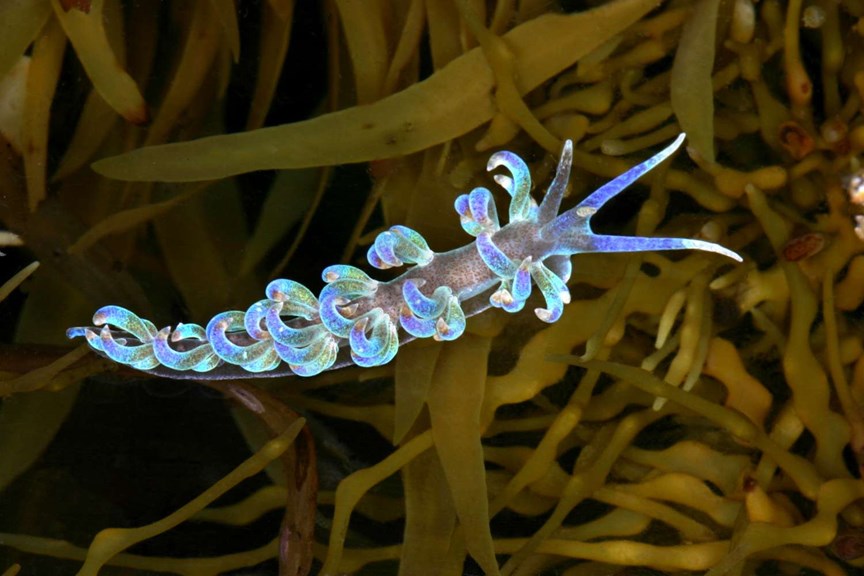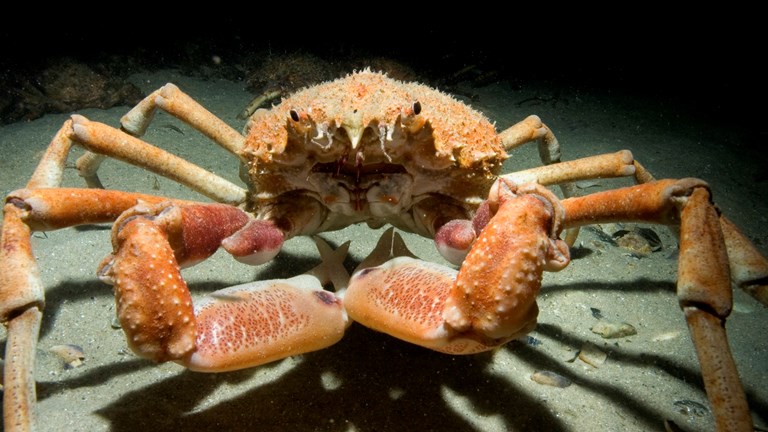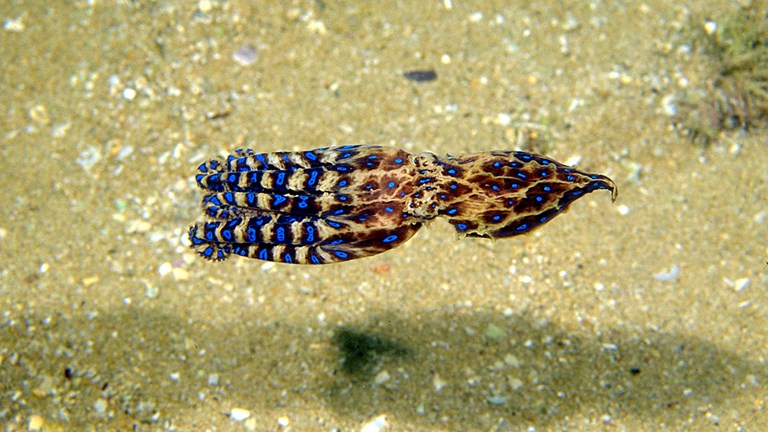Victoria's nudibranchs
Down at the rockpools, snorkelling in the reef or under the pier. If you’re keen on exploring your local biodiversity look no further than nudibranchs.
What is a nudibranch?
With their dazzling colours, frills and accessories, it may be surprising that nudibranchs are related to snails. Nudibranchs are a type of mollusc, but unlike their snail relatives, they lack a shell.
While you won’t find a shell, if you look at the back of many nudibranchs you will find a ring of exposed, feathery gills. The word ‘nudibranch’ (noo-dee-brank) comes from the Latin for ‘naked gills.’
These ‘naked gills’ allow many nudibranch species to breathe. Some nudibranchs don’t have feathery gills, but take in oxygen from their surroundings with the help of finger-like projections called cerata.
With a full rainbow of colours, a plethora of shapes and a multitude of lifestyles, nudibranch diversity is incredible. There are at least 3000 known species, hundreds of which live right here in Victoria.
Are nudibranchs sea slugs?
All nudibranchs are sea slugs, but not all sea slugs are nudibranchs.
‘Sea slugs’ generally refers to slug-like animals that live in the sea. This does include nudibranchs, but also related species like the sacoglossans and bubble snails.
Are nudibranchs dangerous?
Like any wild animal, it’s best not to go poking and prodding at a nudibranch. Especially because nudibranchs have mastered some amazing mechanisms of self-defence.
It’s all about working with their environment—and their food.
Some nudibranchs munch on toxic or distasteful sponges. The nudibranch can then use these poisons for its own benefit, incorporating the chemicals into its body and deterring any potential predators.
Other nudibranchs take it a step further and prefer to eat cnidarians. Cnidarians are a phylum of animals that includes jellyfish, sea anemones and hydrozoans—animals that are famous for their sting.
Does their sting deter a nudibranch though? Definitely not. The nudibranch consumes the stinging cells (nematocysts) and recycles them. Now, they can sting any predator that gets too close.
The bright colours of many nudibranchs are a clear warning: Don’t eat me, I’ll hurt.
Where do nudibranchs live?
Anywhere you can dip your toes in the ocean, you can find nudibranchs.
If you have a keen eye.
Nudibranchs live all over the world’s oceans. You’re most likely to find them in warm, shallow waters, but they can be found in the Arctic, the Antarctic, and even as deep as 2,500m on the sea floor. In the warmer hours of the day they tend to seek shelter from the sun, so are easier to find in the early morning or late evening.
While many are brightly coloured, other nudibranchs are hard to spot. They are experts at camouflage.
Some nudibranchs collect colours. By taking on the colours of their food, they blend right in with their food source. Snorkel past a sponge or a coral, and you might never even know it’s there.
Why look for nudibranchs?
Looking for nudibranchs and other beachside biodiversity is a wonderful way to learn more about your local marine ecosystem.
By recording nudibranch sightings on iNaturalist or participating in the Sea Slug Census, you can also help researchers learn more about these mysterious molluscs. Currently, little is known about their ecology and role in the ecosystem.
Each nudibranch species is unique, beautiful and demonstrates the incredible way animals can adapt to all sorts of niches in the marine environment. Nudibranchs are gems of the sea that help make our planet a particularly special place to be.
Looking for more nudibranch facts?
If you’re keen on nudibranchs, have a look at the field guide Nudibranchs and Related Molluscs by Robert (Bob) Burn. The field guide is available from the Melbourne Museum shop and a range of distributors.
Geelong building contractor by day, but world nudibranch expert at all times, the author Bob Burn is an Honorary Associate at Museum Victoria and long-time member of the Marine Research Group of the Field Naturalists Club of Victoria and the Malacological Society of Australasia.
He is the author of over 100 publications on nudibranchs and other molluscs and has described over 90 species of these amazingly diverse marine invertebrates.
About Museum Victoria Field Guides
Nudibranchs is part of the Museum Victoria field guide series. Each guide in the series covers a different group of marine animals, featuring the common species within that group.
Most of the animals described occur in shallow waters, on shores and reefs along the coastline of the southern half of Australia and beyond. The series are supported by the Australian Government through a grant from Natural Heritage Trust, and this particular guide was also supported by a grant from the Norman Wettenhall Foundation.
Want more guides for your summer at the beach? Download the free Museum Victoria apps or take a look at the Port Phillip Bay Taxonomic toolkit.
Discover a world 4 billion years in the making. Visit the Our Wondrous Planet exhibition at Melbourne Museum and experience the incredible connections that unite all life on Earth.














